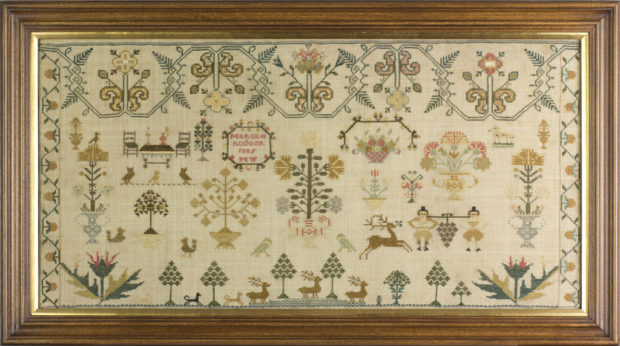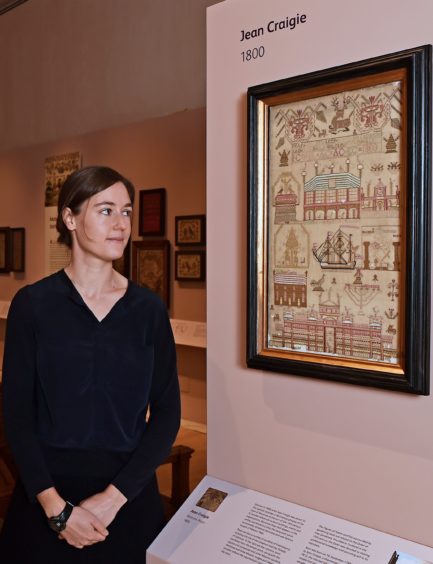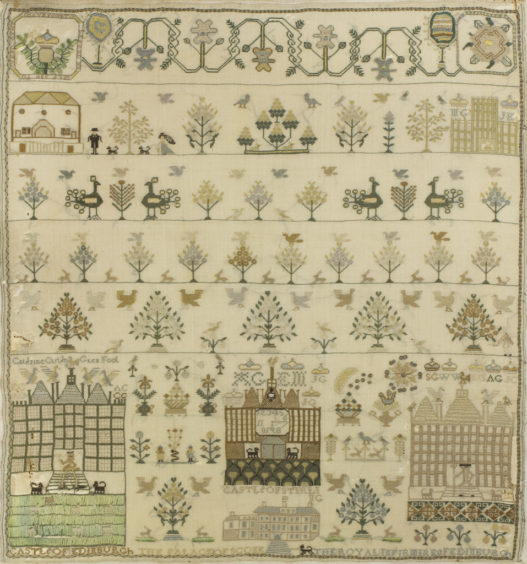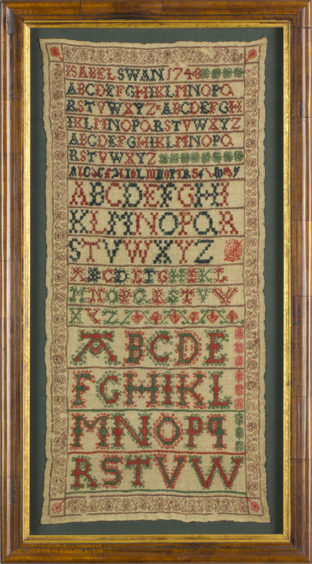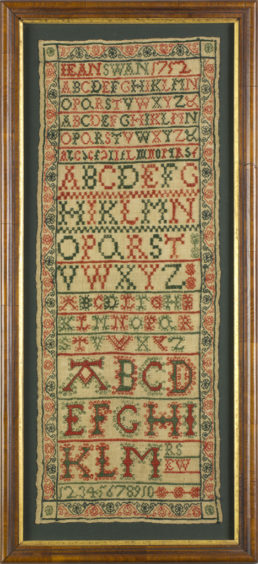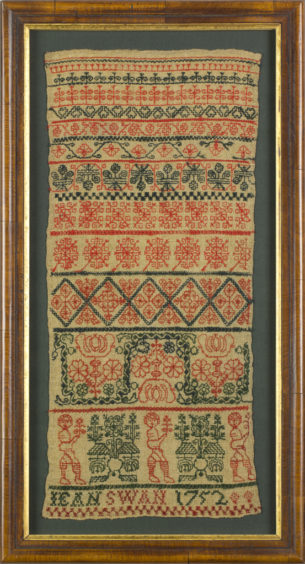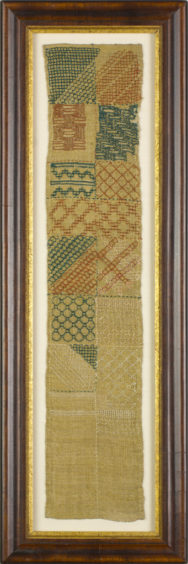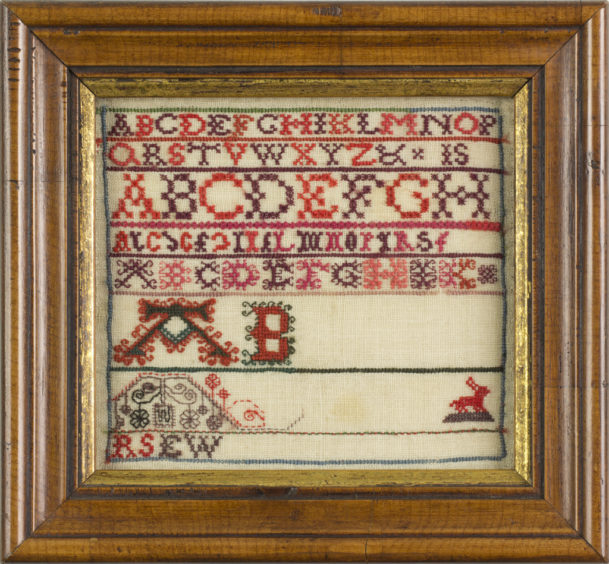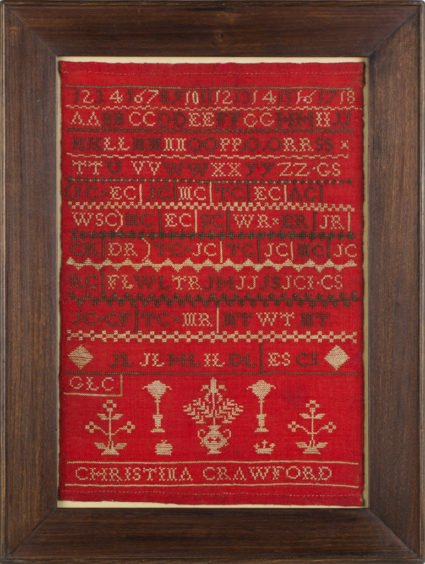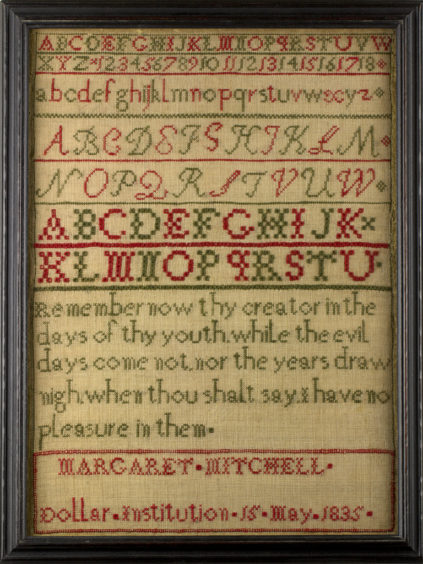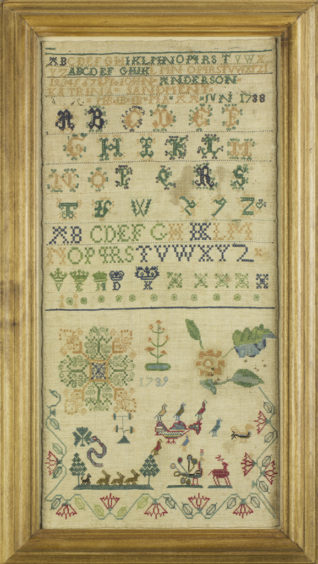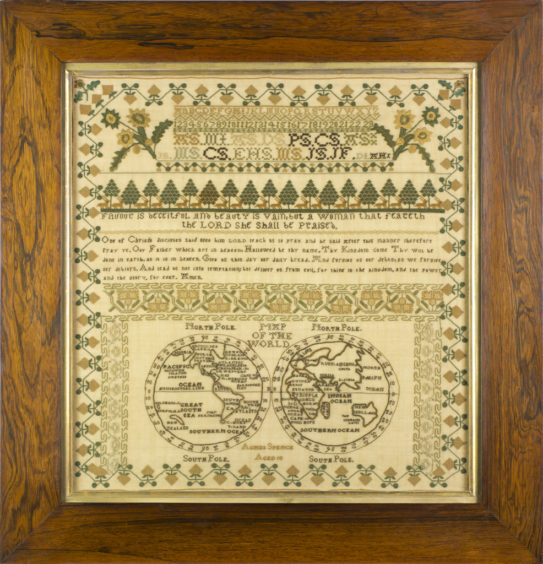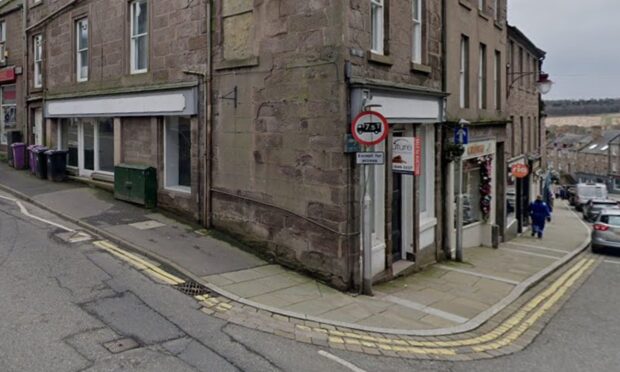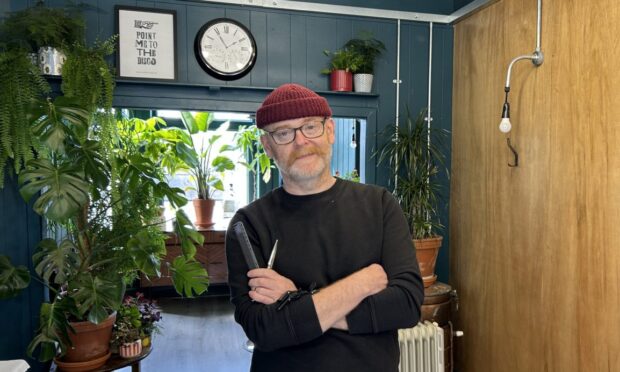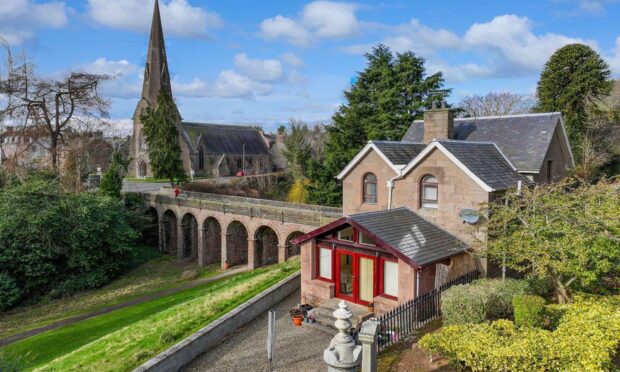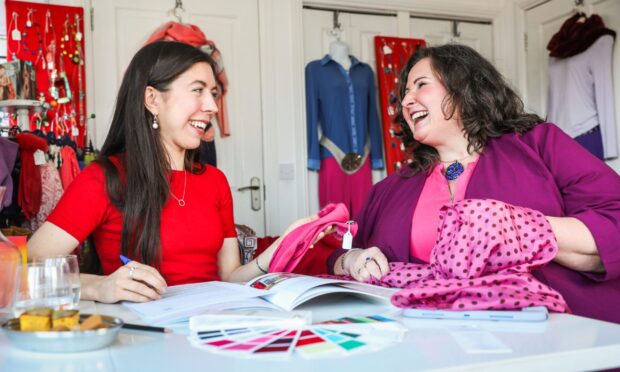A new exhibition of Scottish samplers offers a fascinating glimpse into the past – and a touching personal record of what girls in the 18th and 19th Centuries held dear.
A mighty whaling ship, with a small rowing boat tethered to it, sits atop an azure sea, while various birds, flora and fauna complete the scene, alongside a patiently stitched Lord’s Prayer.
Lovingly created by a young girl called Margaret Doig in 1834, it’s just one of the remarkable Scottish samplers currently in the Embroidered Stories exhibition at the National Museum of Scotland (NMS) in Edinburgh and, like many tapestries, offers a fascinating glimpse into the past.
NMS curator and art historian Helen Wyld reveals the story behind the stitching. “Whaling ships often appear in samplers from Dundee and the other east coast whaling towns, and this seems to reflect the importance of the industry to the economy of the area – and how visible the ships would have been to people living in Dundee,” she says.
Samplers were made by children from a range of social backgrounds and since working on the exhibition, Helen was inspired to publish a book about the tapestries.
“Embroidered Stories is all drawn from the collection of Leslie B Durst, an American with a passion for Scotland and for samplers,” she explains.
“Leslie became friends with my predecessor at NMS, Naomi Tarrant, who is also the world expert on Scottish samplers, around six years ago. Leslie intends to bequeath her collection of Scottish samplers to NMS, which will be an incredible addition to our collection,” she continues.
“The exhibition is intended to celebrate that gift, and its opening was timed to coincide with Leslie’s 70th birthday.
“We decided to publish a book as well to have a permanent record of the exhibition, and because we thought that visitors would like something to take away with them in case they wanted to learn more.”
For Helen, samplers are far more than just pieces of needlework – they are an insight into the social history of 18th and 19th Century Scotland.
“They can reveal so much about the lives of the girls who made them, the places they lived, the schools they went to, and the nature of their education,” she says.
“This is what has fascinated me most – the sheer range of areas that the research has led to, from the Dundee whaling industry to the architectural heritage of Scotland.”
Another fascinating sampler was made in 1805 by Margret Rodger, whose father was a merchant in Anstruther in Fife.
“Scottish samplers often show a Dutch influence which reflects the trading and cultural links between the two countries – links which often bypassed England – and this is a good example,” explains Helen.
“The sampler is in an unusual horizontal format which is often found in Dutch samplers – but rare in Scotland – and includes some specifically Dutch motifs.
“One is the figures of Joshua and Caleb carrying a huge bunch of grapes, an illustration to the Story of Moses. This is often found on Dutch and Flemish textiles and samplers but is rare in Scotland,” she continues
“There is also a communion table, a symbol of reformed worship, and again common on Dutch and northern European samplers but virtually unknown in Scotland. This reflects the affinities between Presbyterian and Dutch Protestant worship.”
An intriguing sampler from Montrose, made by Jean Craigie in 1800, features a number of Masonic symbols, probably reflecting the importance of the Masons in the town – there were three lodges in Montrose in 1800 when the sampler was made. It also includes some local buildings, including the Montrose town House – before it had an additional storey added – and a church.
A group of 12 samplers was all made by members of the Swan family in the mid to late 18th Century.
“They lived in a 17th Century mansion house to the east of Cupar in Fife,” says Helen.
“A house still survives on the spot, which is now on the edge of an industrial estate – but it was built in the early 19th Century on the site of the Swans’ house. There is an earlier dovecot in the grounds which must have been there when the Swans lived there.
“The group is interesting as it shows how motifs were handed down from mother to daughter, and how samplers themselves were treasured in family collections, which must have helped this group survive together.”
Another striking example can be found in the work of Christina Crawford, dating from around 1860, where a striking red woollen cloth has been used as a “ground”, with the design sewn in black and white silk.
“Coloured grounds are sometimes seen in Scandinavian samplers, but are largely unknown in Scotland,” says Helen. “The cloth used by Christina may have been left over from some other household use – red wool, for example, was occasionally used as a lining or in the construction of underclothes.”
Christina’s sampler includes numbers, alphabets and family initials separated by decorative bands, with flowers, vases and crowns at the foot. One of at least six children of John Crawford, a seaman from Crail in Fife, and his wife Betsie, Christina died of heart disease at only 21, unmarried.
Sampler making was more than a pastime, and was an essential part of girls’ education – schooling for girls usually focused around sewing and other skills seen as useful to women and making a sampler was a way of showing that you had learned these skills.
“But,” says Helen, “it also demonstrated the education and character of a girl more widely. The alphabets and religious verses showed that the child could read and knew the Bible. There was also a strong link between needlework and female virtue and this period – an association that can be traced back to the Bible and classical texts.
“So making a sampler was a way of demonstrating the virtues of hard work and discipline, but also faithfulness, patience and good character,” she reveals.
“Sewing was also a necessary skill for most women in this period. All household linen and undergarments were made by hand during the 18th and early 19th Centuries, so learning to sew was essential for women going on to run a household. Making a sampler showed that these skills had been mastered, and implied that the girl would make a good wife.”
Many of the samplers offer a touching insight into the lives of the girls who made them. “In this period samplers seem to be a repository of the world that the child grew up in – from their kinship network, referred to in the often extensive sets of family initials, to the town where they lived, referred to in coats of arms and representations of buildings,” she explains.
“These elements in the samplers have allowed us to reconstruct the stories of the girls’ lives. Leslie has done extensive genealogical research on many of them, revealing some fascinating and often touching life stories. The other elements included in the samplers provide a new perspective on many areas of social history.”
Although mechanisation allowed garments and other items to be mass produced, and the expansion of female education during the 19th and 20th Centuries also shifted the focus away from sewing, Helen is happy to report that nonetheless the tradition still survives – some schools still teach sewing and samplers are still produced.
Embroidered Stories runs until April 21 2019 and Helen hopes that visitors will come away with a new understanding of Scotland’s history in the 18th and 19th Centuries.
“It was a period of great change,” she points out. “We usually learn history as a narrative of great events, usually involving men, so these samplers provide an alternative perspective on the past, from the point of view of young girls – they are amazing documents.”
Embroidered Stories is at the National Museum of Scotland, Chambers Street, Edinburgh – Exhibition Gallery 2, Level 3, until April 21 2019, 10am-5pm, Entry is free. www.nms.ac.uk
